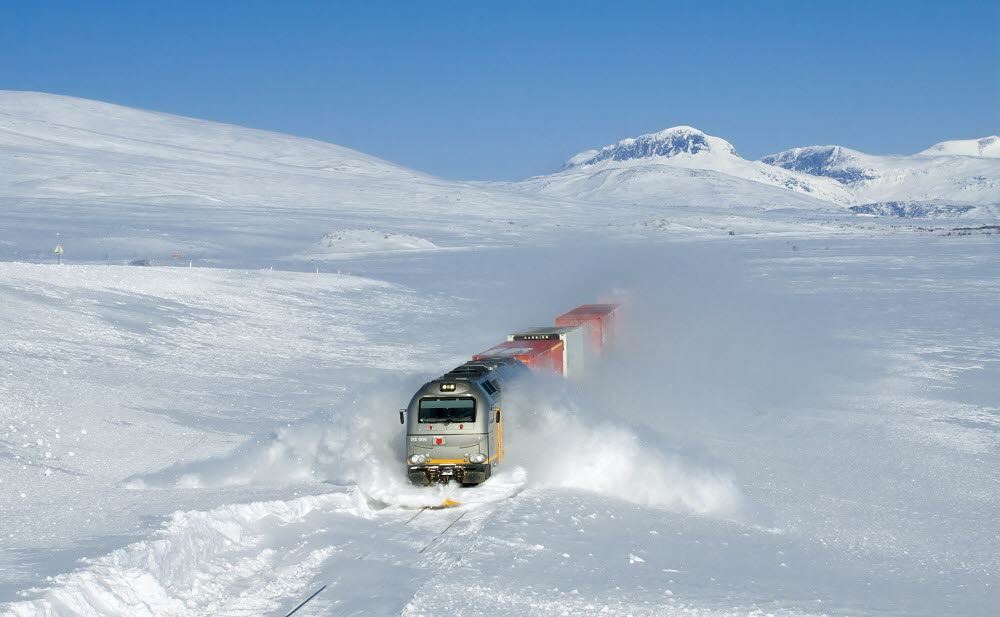After a project in 2014-2016, the Norwegian Railway Directorate asked SINTEF to update our previous report with new information on emerging battery and hydrogen technologies and a dedicated section on gas safety.
The second edition of the report features:
- Updated parameters to account for technological progress and better estimates on freight train traffic;
- More detailed single-train simulations;
- More detailed coverage of biofuels and battery types;
- Analysis of partial electrification adapted to the concept suggested by the Directorate;
- Specific RCS and safety aspects for hydrogen and biogas trains;
- Better organisation of the text.
In general, the conclusions of the previous report are essentially confirmed, but with better backing of data and a stronger scientific founding, obtained with involvement of leading experts in SINTEF and Lloyd's Register (for the gas safety part).
The Problem
The Norwegian railway system still features well over 1000 km of non-electrified railways, in particular:
- The Nordland line, 731 km from Trondheim to Bodø, an important freight transport line for Northern Norway; it crosses the polar circle and some of the most challenging environments for rail transport in Europe.
- The Rauma line, from the coastal city of Åndalsnes to Dombås in the Dovre mountain range: appreciated by tourists for the spectacular views it offers, and for that reason a catenary line would reduce the economic value of the line.
- The Røros line, a variant of the electrified Dovre line between Oslo and Trondheim;
- The Solør line, a shorter branch used today mostly for timber transport to Sweden.
With increasing requirements on emission reduction, there is political will to reduce the role of fossil fuels in rail tranport in Norway.
The question is how to electrify (or at least decarbonise) these lines. SINTEF considered all these lines, and evaluated multiple concepts: traditional catenary, biodiesel, biogas, hydrogen ("hydrail"), batteries, partial catenary with smaller batteries, hydrogen-battery hybrid. The alternatives were evaluated for environmental friendliness, flexibility/robustness, economy, technology readiness and presence of regulatory framework.
The Answer
SINTEF's findings are that:
- All combustion options (diesel, biodiesel and biogas) have dominating fuel costs, and also high locomotive maintenance;
- Catenary is not competitive with diesel because of its enormous up-front investments on low-traffic railways;
- Hydrogen and Batteries have a better economy than both diesel and catenary, because they couple the low energy costs of catenary with the low infrastructure costs of diesel;
- Batteries are however still expensive and have short lifetime, but the technology should improve in the coming years;
- Safety aspects related to hydrogen and biogas in tunnels should be analysed, and solutions such as tank container inertisation deployed.
- Partial electrification (short sections of catenary combined with small batteries) is an improvement over full catenary, but it is at best competitive with diesel, and cannot match the economy of full-battery and hydrogen alternatives.
- In 2020, biodiesel appears as the best solution, but is soon replaced by battery technology; by the second half of the 2020's, hydrogen is expected to become the best option.


